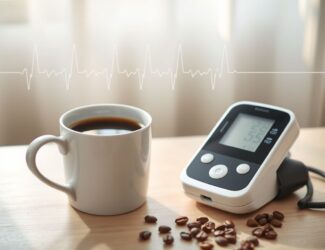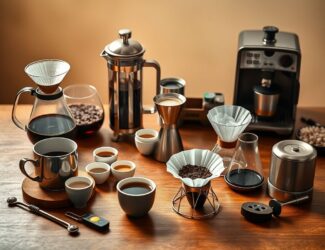
Do you know what a coffee nap is ?
A coffee nap? Yes, you read this correctly. Drinking up to 12 ounces of coffee before settling in for a maximum 20-minute power nap will keep you alert, refreshed, and fatigue-free.
While this may sound counter-intuitive, studies conducted in the United Kingdom and Japan confirmed the effectiveness of this unlikely pairing. To understand how a coffee nap works, we first need to review how coffee interacts with your body.
Coffee and your body
While simply smelling the aroma of coffee may wake you up, there is a gap of approximately 20 minutes between your first sip of coffee and caffeine-induced alertness. Once consumed, coffee travels from your stomach, through your bloodstream, and up to your brain.
This process takes between 15 and 20 minutes.
Once in your brain, coffee stimulates the nervous system by blocking the adenosine receptors. Adenosine is a nervous system depressant or something that makes you sleepy.
During sleep, your adenosine levels drop. This natural drop in adenosine, coupled with caffeine’s receptor blocking skills, create a dual attack on the sensation of fatigue.
According to research out of Japan, this dual attack, or coffee nap, is more effective than a nap or a coffee alone.
If you find it difficult to nap, a coffee nap can still work for you. Keep reading to learn more.
Perfecting the coffee nap
Timing and precision. Perfecting the coffee nap is not challenging but does demand attention to detail.
First, brew a cup of coffee no larger than 12 ounces (studies found that coffee consumption greater than 400 milligrams or 12 ounces negatively impacts sleep and cognition — it is also more likely to disrupt your evening sleep).
It is essential to drink your coffee quickly — sipping your cup for 10-15 minutes will near assure you that your nervous system will be stimulated before you’ve had the chance to nap.
If you find it difficult to drink an entire cup of coffee quickly, go for a single shot of espresso. Next, set an alarm for 20 minutes and nap. Try to get to sleep as quickly as possible after finishing your coffee.
If you can’t fall asleep, rest your head and shut your eyes. Researchers in the UK* found that “half-sleep” was nearly as effective as full sleep in the coffee nap.
Avoiding the coffee nap pitfalls
Before committing to a coffee nap, do a quick assessment to ensure you aren’t succumbing to one of these napping pitfalls. Check the time.
While everyone metabolizes coffee at a different rate, on average, coffee remains in your system for 4 to 6 hours post consumption.
If you nap too late in the day, you may find it difficult to sleep at night.
Avoid processed sugar. If you enjoy a sweet cup, try adding a natural sweetener like honey or molasses to your pre-nap coffee.
Having a sugary drink increases the difficulty of napping and may lead to a sugar crash just as your caffeine is at its peak. Work with your natural biorhythm.
Most of us tend to experience an afternoon lull at some point between 2pm and 4pm. Optimize your afternoon by timing your coffee nap to avoid the lull.



